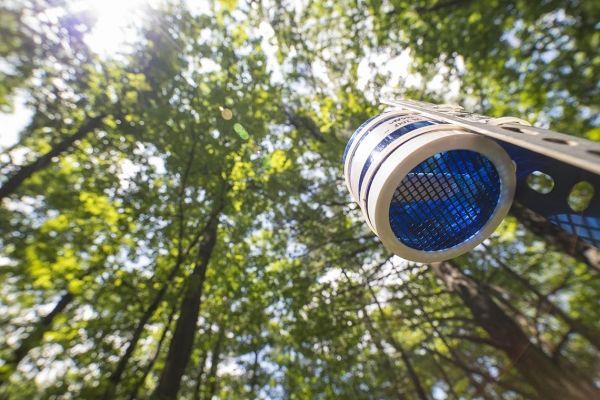University of Toronto researchers say they have conducted the most comprehensive monitoring of airborne mercury ever in the GTA, finding that although mercury concentrations continue to be low, emission levels officially reported to the government are often inaccurate.
The project, conducted by a team of researchers in U of T Scarborough’s department of physical and environmental sciences, deployed nearly 200 air samplers across the GTA with the help of dozens of faculty, staff and students. Researchers said they believe it was the largest monitoring project on airborne mercury in the world.
“In terms of acute exposure levels, there’s nothing we should be concerned about whatsoever,” said Carl Mitchell, an associate professor who is one of the authors of the study. Professor Frank Wania and David McLagan, who received his PhD from U of T this year, were also involved in the project.
In comparing their results to data gathered over the past decade, the team found that airborne mercury concentrations in the GTA appear to have gone down. Mitchell said this is at least partly attributable to Ontario moving away from coal-fired electricity generation in recent years.
Continue reading at University of Toronto.
Image via University of Toronto.


